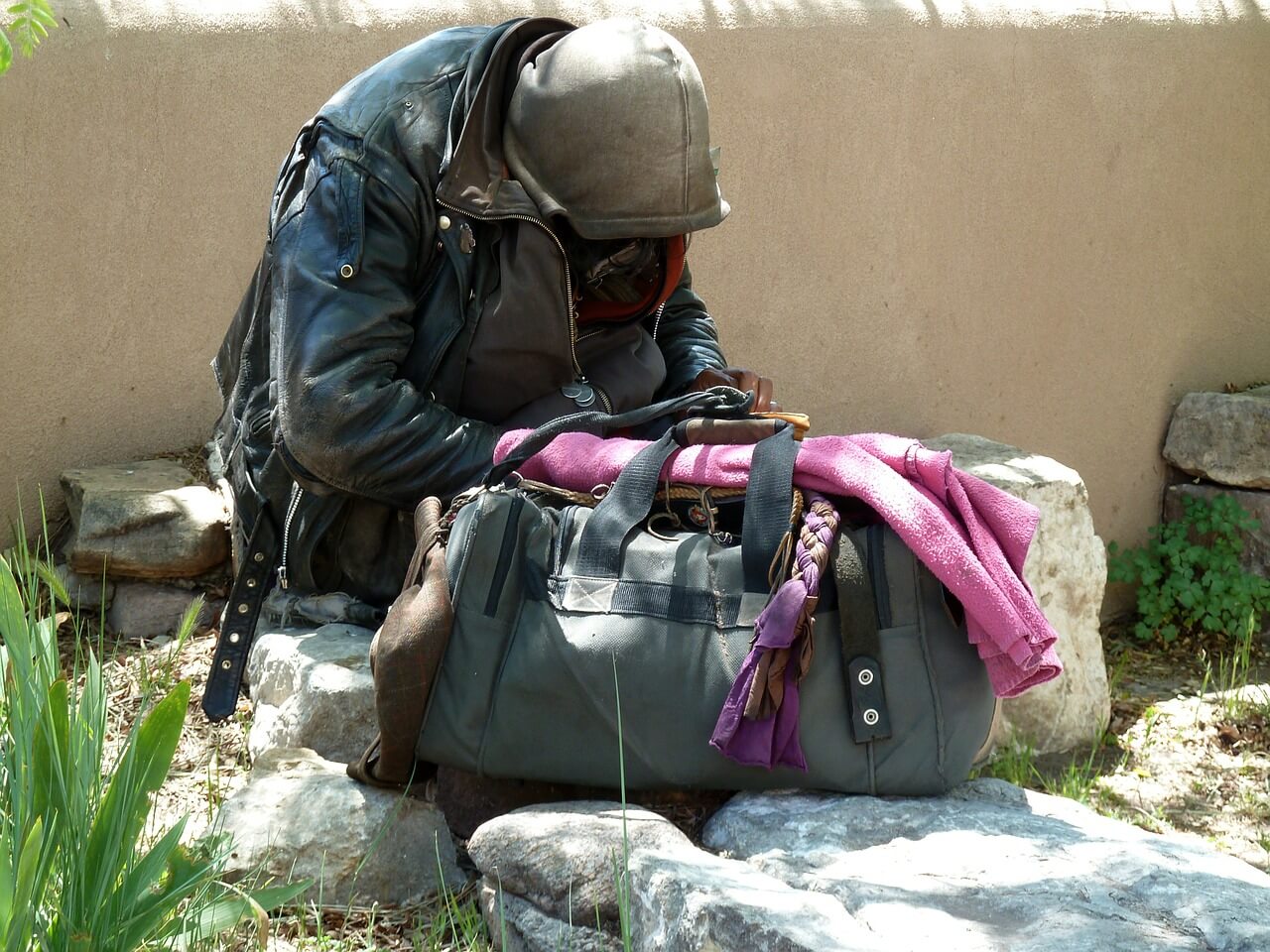 I still reflect on ideas that were introduced to me during my undergraduate degree. I have an unusual first degree. This was a four-year degree. In the first year, I had to take modules from three disciplines and until the end of the third year, my module selection had to include one from the natural sciences. My final year included two 12,000 word research-based dissertations. The second year of the degree was focused on theory and the third year on method. This was an astonishing experience.
I still reflect on ideas that were introduced to me during my undergraduate degree. I have an unusual first degree. This was a four-year degree. In the first year, I had to take modules from three disciplines and until the end of the third year, my module selection had to include one from the natural sciences. My final year included two 12,000 word research-based dissertations. The second year of the degree was focused on theory and the third year on method. This was an astonishing experience.
During the third year, we were introduced to data and explored the methodological and ethical difficulties of using data produced by and for the state – statistics, and the gamut of qualitative and quantitative methods. Emphasis was placed on ensuring that we appreciated that government statistics were not just objective numbers but were produced for a particular purpose. Perhaps, more importantly, we were constantly reminded that these were not just numbers but reflected the life experiences of individuals and households. It is far too easy to become wrapped up with an analysis of data forgetting that we are dealing with real people.
The statutory homelessness figures for the West Midlands Combined Authority (WMCA) were released last month. These cover the period from October to December 2018. These objective figures convert many wretched lives into an objective number. One problem is that we do not really know how many people are homeless. The first question to ask about any dataset concerns how the data is collected and for what purpose. There is a danger that the statutory homelessness figures are considered to be a complete rather than partial measure of homelessness.
For the WMCA area between October to December 2018, 4,365 households were initially assessed, and this was a reduction of 7.8% from the previous quarter. In 2018 there were 284 rough sleepers across the WMCA and this had increased by 33% since 2017. In this quarter, 3,422 households were living in temporary accommodation and this had increased by 9.5% since the last quarter 3,124).
The quarterly release of these figures always makes me stop and consider the type of society we live in. I would like to live in a society in which homelessness is something that we talk about in the past tense. Reaching this would be very difficult and would involve the development of flexible and long-term solutions. The problem is that the drivers behind homelessness are complex; homelessness is a ‘wicked’ problem in which there is no single solution.

For the WMCA area support was required in Q4 for households that were experiencing the following:
- 373 households with people with issues such as physical ill health and disability.
- 682 households with mental health problems.
- 322 households at risk of/experienced domestic abuse.
- 119 households experiencing drug dependency.
- 112 households with alcohol dependency.
- 26 related to old age.
The reasons for the loss of the last settled home reflect the complexity of this problem and any potential solution. Thus,
- 443 households made homeless due to rent arrears.
- 1,077 made homeless as family and friends were no longer willing or able to provide accommodation.
- 346 due to non-violent relationship breakdowns with a partner.
- 470 due to domestic abuse.
- 119 for other violent abuses or harassment.
The most important drivers reflect some form of family breakdown. In policy terms, a solution is perhaps challenging. Any solution must combine access to alternative housing provision combined with increasing individual and household resilience and adaptation. Alternative housing provision requires either access to appropriate temporary accommodation or ideally requires some spare capacity in housing provision.
The homelessness figures remind us that many people, perhaps all people, are one or two steps away from homelessness. Life is precarious. A major event can too often be the start of a chain of events that leads to homelessness. Access to employment and continued access to employment is critical, but this also requires a living wage or welfare support, that is sufficient to cover everyday living including housing. There is then a requirement for the development of an integrated approach to policy development and implementation. Thus, in Q4, across the WMCA area, 61 households were homeless on their departure from institutions, for example, hospital, custody and psychiatric hospital. This should never be the case; a seamless solution needs to be in place for individuals moving from institutional provision.
To conclude, we should never forget that objective statistics hide many unhappy lives. They reflect many complex and different drivers and this heterogeneity requires different solutions. We should not fall into the trap of assuming that the statistics include everyone who has or is experiencing homelessness. There is hidden or invisible homelessness across the WMCA area. Finally, we should all reflect on the precariousness of everyday living and on how to increase individual and household resilience.
This blog was written by Professor John Bryson, City-REDI, University of Birmingham.
Disclaimer:
The views expressed in this analysis post are those of the authors and not necessarily those of City-REDI or the University of Birmingham.
To sign up to our blog mailing list, please click here.
